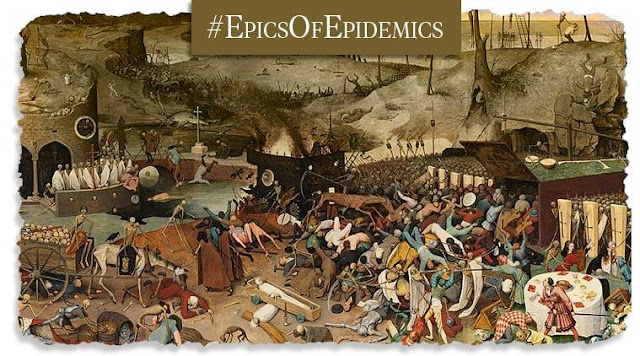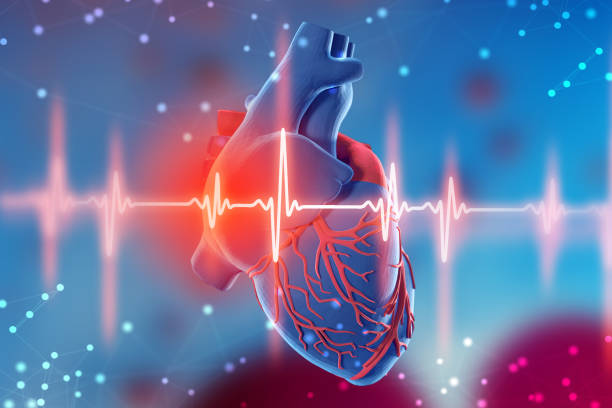The COVID-19 Pandemic in India is a part of global and widespread pandemic of corona virus disease (COVID-19) spread by severe acute respiratory syndrome Corona-virus 2 (SARS-CoV-2). On 17th August 2021, as per data & records, India has second excessive and high-rise cases World-Wide, U.S. was the first one with approximately, 32.2 million reported cases of COVID-19 infection and the third enormous number of COVID-19 deaths. Brazil attains third position in the World after U.S., approximately 4,32,079 deaths. However, these reports indicated severe under-reporting.
The first case of COVID-19 in India were seen in South towns of Kerala on January 2020, with three medical students who had returned from Wuhan, China, the mainland and epicenter of COVID-19 pandemic. The government announced lock-down in Kerala on 23rd March and rest of the India on 25th March. On 10th June, India's rehabilitation exceeded active cases first time. Active cases started to drop in September along with the number of new and active cases. Regular cases peaked in mid-September with over 90,000 cases reported per day, Dropping to below 15,000 in January 2021. A second wave started in March 2021 was more devastating than the first, with the deficiency of medical treatment includes hospital beds, oxygen cylinders, ventilators, vaccines, and other medical supplies in all urban and rural areas of an India. By late April, India led the World by new and active cases. On 30th April, India became the first country to report 4,00,000 cases in a day. Scientists and researchers recommended that the Virus can reach an epidemic stage in India instead of completely recovered in late April 2021.






























